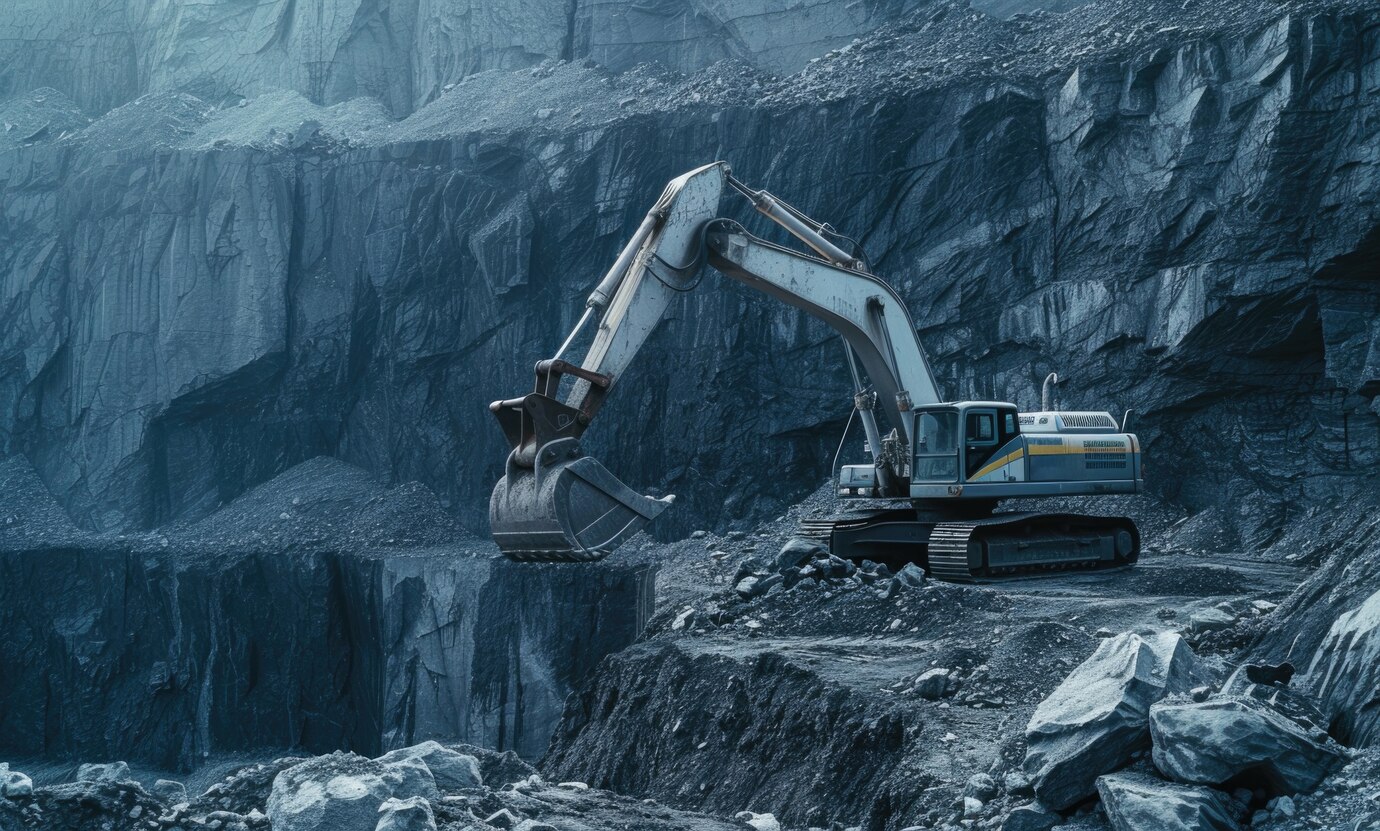Hydraulic mining is a method of mining that uses high-pressure jets of water to dislodge rock material or move sediment. It was commonly used during the California Gold Rush and later in other gold mining regions. In hydraulic mining, water is sprayed at high pressure against a bank of gravel or ore, washing away the material and creating a slurry that is then directed into sluices or other collection devices where the gold or minerals can be separated from the sediment. While it was highly effective in extracting gold and other minerals, hydraulic mining also caused significant environmental damage due to erosion and sedimentation in rivers and streams. As a result, it has largely been banned or heavily regulated in many places.
The practice of hydraulic mining in Australia has a rich history, dating back over a century and utilized in various mining areas such as Tasmania and Queensland for extracting tin and gold from alluvial and tailings deposits. Similar to the gold rushes of the past, artisanal miners today, often low-skilled workers, seek to support themselves and their families through mining endeavors worldwide.
In Peru, artisanal miners contribute significantly to the production of gold, estimated at 35,000 to 40,000 pounds annually. This industry has become a pathway for economic advancement for many Peruvians, drawing migrants from coastal and mountain towns to mining sites.
Infrastructure developments like the Inter-Oceanic Highway have facilitated the growth of gold rush towns over the last two decades, linking these towns to larger urban centers and enhancing access to the Peruvian Amazon.
However, the environmental consequences of artisanal gold mining are profound. Producing a pound of gold requires around six pounds of mercury, with approximately half of this mercury lost to the environment during mining operations. It’s estimated that artisanal gold mining in Peru alone releases nearly 50,000 pounds of mercury annually. This mercury contamination poses serious risks to the Amazon’s biodiversity and indigenous communities.
Echoing the impacts of historical gold rushes, mining activities in the Peruvian Amazon have led to deforestation on a significant scale, with over 250,000 acres cleared since 1984. The Madre de Dios River, which flows through heavily mined areas, is likely to continue eroding the landscape and transporting mercury-laden particles downstream, threatening the region’s environment and human health.
Hydraulic mining relies on high-pressure water jets, typically ranging between 30-50 bar, to propel a consistent fine slurry for reprocessing. The pressure levels are determined by factors such as the size of tailings dams, duration of stagnation, and surface compactness. Unlike traditional mining methods, hydraulic mining requires significantly less water, which is often reclaimed and recycled, minimizing evaporation losses.
A crucial aspect of efficient hydraulic mining is maintaining a constant feed of 30-50 percent solids, depending on the characteristics of the tailings. This ensures optimal production rates, as materials like clay can form clods that settle out in launders or clog screens, hindering production.
To facilitate maneuverability and control, track-mounted remote-controlled water cannons and layflat hoses are commonly employed in hydraulic mining operations. This setup allows operators to adjust water delivery and target specific areas with precision, enhancing productivity while minimizing water usage and environmental impact.
Hydraulic mining techniques are highly adaptable and customized to suit the specific conditions of each mining site. Factors such as the size and geographic location of the facility, the availability, volume, and pressure of water sources, as well as the characteristics of the material being mined, including hardness, particle size, and moisture content, all play significant roles in determining the appropriate approach.
Mining operations must carefully assess these variables to optimize efficiency and minimize environmental impact. Techniques may be adjusted accordingly, from varying water pressure and flow rates to implementing specialized equipment and controls tailored to each site’s unique requirements.
By adapting hydraulic mining techniques to site-specific factors, mining operations can maximize productivity while minimizing resource consumption and environmental footprint, ensuring sustainable and responsible mining practices.
The process of hydraulic fracturing, or “fracking,” is just one component of the broader process of drilling, completing, and producing oil and gas wells. Specific environmental concerns related to fracking include:
- Water availability: Fracking requires significant amounts of water, which can strain local water resources, particularly in arid regions.
- Chemical spills: Accidental spills of chemicals used in the fracking process can occur at the surface, potentially contaminating soil and water sources.
- Sand mining impacts: The extraction of sand for use in hydraulic fracturing can lead to environmental degradation and habitat disruption in mining areas.
- Surface water quality degradation: Improper disposal of waste fluids from fracking operations can contaminate surface water sources, affecting aquatic ecosystems and human health.
- Groundwater quality degradation: There are concerns that fracking activities may lead to the contamination of groundwater sources with chemicals or methane.
- Induced seismicity: Injection of waste fluids into deep disposal wells can trigger seismic events, although the risk is generally low and can be managed with proper monitoring.
In addition to these fracking-specific concerns, oil and gas drilling in general can contribute to:
- Reduced air quality: Drilling operations emit pollutants such as volatile organic compounds (VOCs) and particulate matter, which can degrade air quality in nearby communities.
- Noise pollution: Drilling activities generate significant noise levels, which can disturb wildlife and nearby residents.
- Light pollution: Nighttime drilling operations can contribute to light pollution, disrupting natural ecosystems and impacting human enjoyment of the night sky.
- Landscape changes: Drilling sites can lead to fragmentation of natural habitats, affecting biodiversity and ecosystem function.
- Disruption to wildlife corridors and habitats: Drilling activities can disrupt migratory routes and disturb wildlife habitats, particularly in ecologically sensitive areas.
It’s important to recognize that not all of these impacts occur at every drilling site, and many can be mitigated or avoided through the implementation of best practices and regulatory measures.

